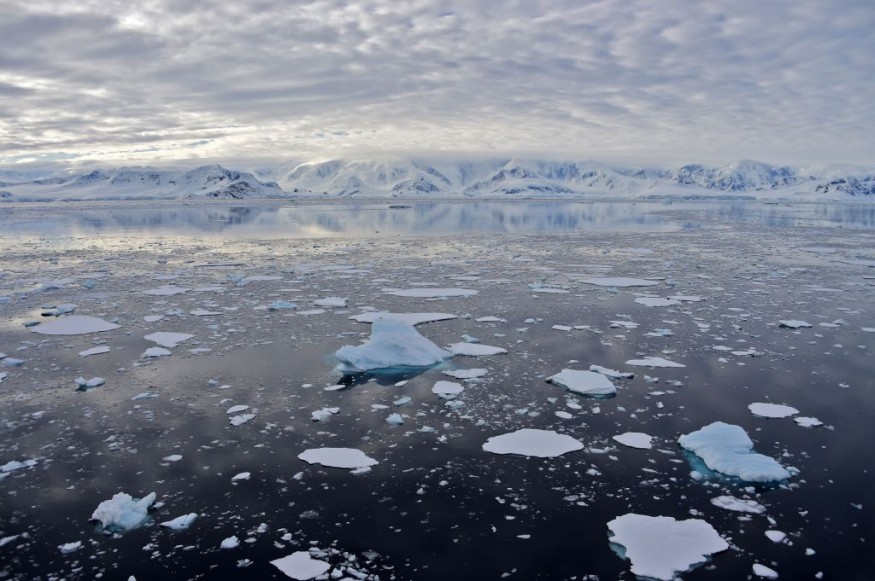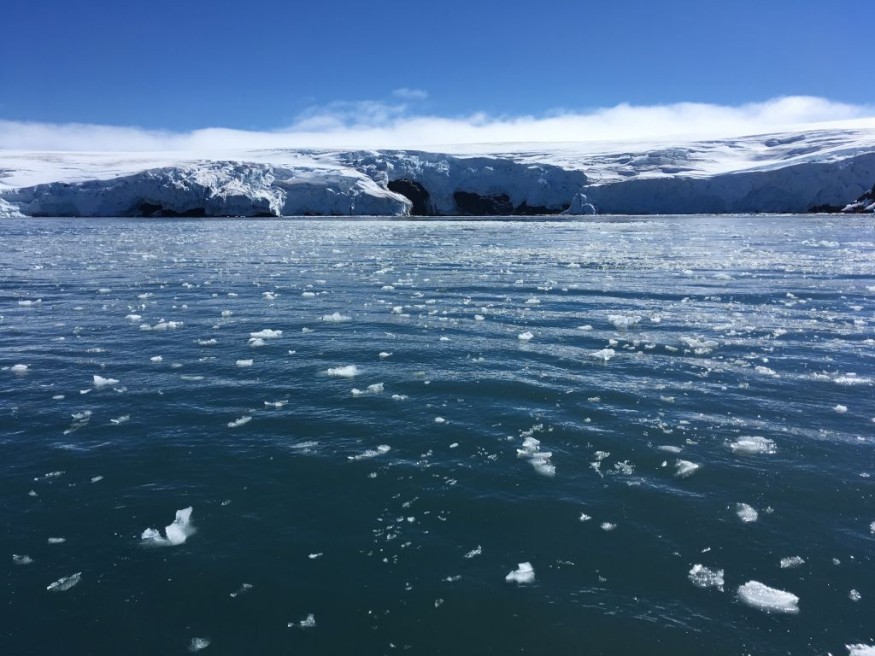According to experts, the largest ice sheet on Earth is more susceptible to global warming than previously believed.
A massive ice sheet covers the eastern two-thirds of Antarctica; if it melted, the sea level would increase by 52 meters. Previously, most experts believed that this ice sheet was relatively immune to the effects of climate change.

The devastating effects of reawakening the dormant behemoth of Antarctica are revealed by a recent study published in Nature.
Massive Melts
In the enormous continental ice sheets that cover Greenland and Antarctica, almost 70% of the fresh water on Earth is permanently frozen. Together, they can withstand an increased sea level of nearly 65 meters. Therefore, even little changes in the size of these far-off polar ice sheets will affect the entire world. One billion people, including 230 million within one meter, are thought to reside within ten meters of the sea.
Also Read : Are We Experiencing More Floods?
Reviewing Data

Scientists calculate the mass intake, primarily from snowfall, and the mass output, mainly from melting snow and ice together with icebergs that break off and drift away. The ice sheet's "mass balance," or the difference between inflow and production, is highly vulnerable to climate change.
Perhaps surprisingly, the East Antarctic Ice Sheet, which is by far the biggest in the world but was supposed to be considerably less susceptible to global warming, has received far less attention. This is because significant portions of the ice sheet have survived millions of years of "natural" climatic change and because recent measurements show that it has been in equilibrium or may have even gained mass (a warmer atmosphere can hold more moisture, which means more snow). It's possible that the ice sheet significantly slowed the rising of the water over the last century.
Nevertheless, data over the last 20 years indicate that the East Antarctic Ice Sheet may be far more vulnerable to climatic change than previously believed. The Totten and Vanderford glaciers, two significant outlet glaciers, are thinning and receding. Additionally, Wilkes Land, the ice sheet's "weak underbelly," which sits on "land" much below sea level and is therefore extremely unstable, has apparent signs of mass loss.
There is also evidence that during warm periods in the past, when air temperatures and carbon dioxide concentrations were just greater than they are now, certain portions of East Antarctica retreated substantially.
Terrible Ice Loss
With ice loss centered in Wilkes Land, East Antarctica probably contributed several meters to the rise in sea level during the mid-Pliocene warm phase, around 3 million years ago. According to recent research, Wilkes Land's ice may have moved 700 km inland from where it is now roughly 400,000 years ago when average global temperatures were just 1 to 2°C higher than they are now. The East Antarctic Ice Sheet is consequently very susceptible to relatively little warming, even if it is now stable, which is a critical lesson from the past.
What comes next?
What will thus genuinely occur over the ensuing decades and centuries? Experts recently examined forecasts from several computer models to find the answer to this issue. The findings were concerning, but they also provided some hope.
Related Article : Scientists Made Grim Discovery in Greenland Ice Sheet Made Possible by Improved Models
For similar news, don't forget to follow Nature World News!
© 2026 NatureWorldNews.com All rights reserved. Do not reproduce without permission.





